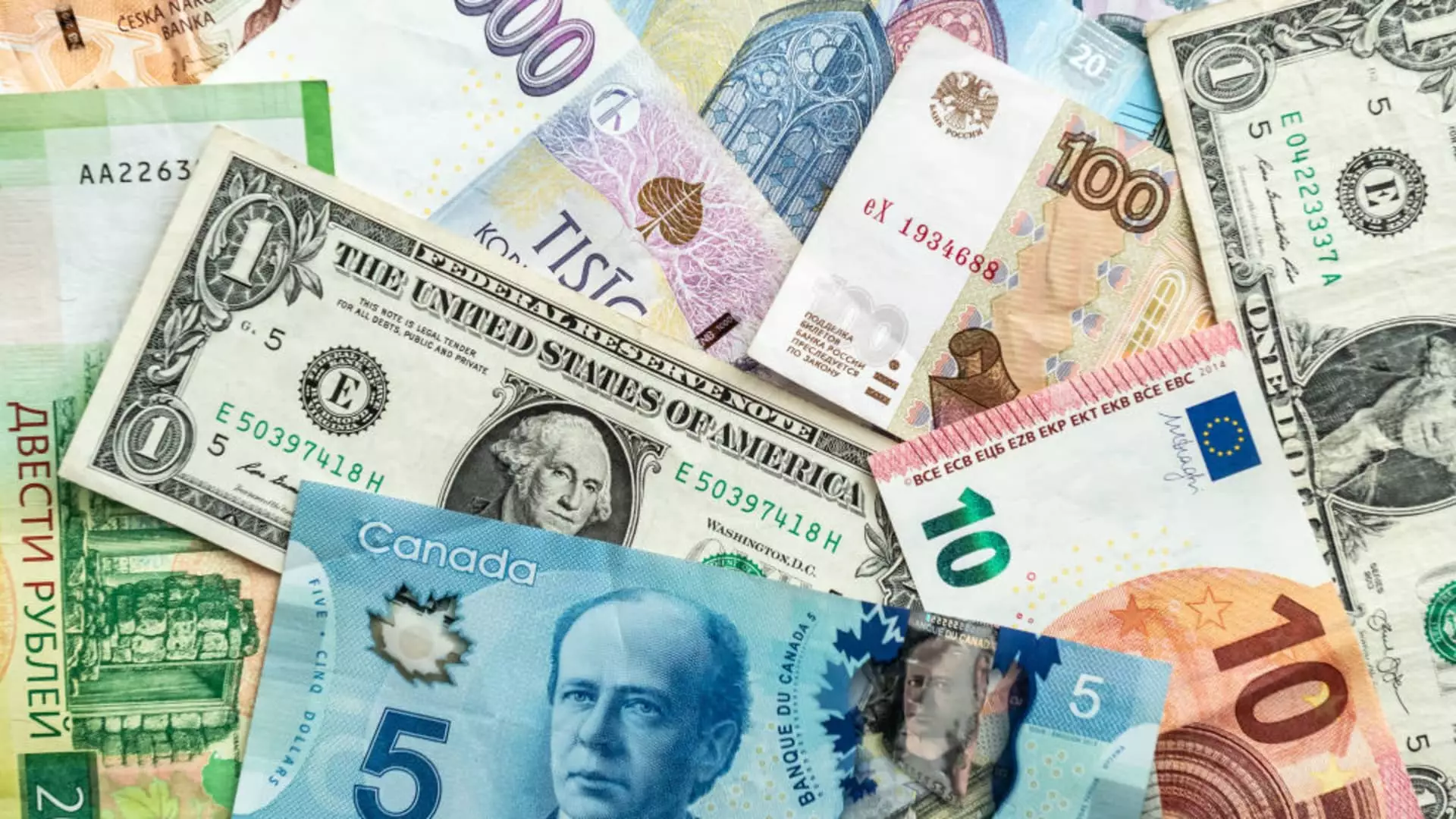As inflation begins to ease its grip on most economies, investors are closely monitoring interest rate decisions around the world. A recent report from the Economist Intelligence Unit indicates that while rates in most economies are expected to remain elevated until 2024, there is a general consensus among economists that a mild rollback may occur later in the year. Central banks in several countries, such as the United States and Canada, have already implemented rate hikes as a means to combat rising inflation rates.
Recent statements from U.S. Federal Reserve Chair Jerome Powell suggest that interest rates could potentially start decreasing in the coming months, depending on inflation signals. The current annual inflation rate, as measured by the Fed’s preferred gauge, stands at 2.4% – slightly above the Fed’s 2% target. Although the Fed has held rates steady within a range of 5.25% to 5.5%, there is growing anticipation in the markets for a 25-basis-point rate cut to occur in June.
In Europe, the European Central Bank (ECB) has decided to maintain its policy rate at a record high of 4%, signaling that it has no immediate plans to cut rates before June. This decision comes as inflation in the region has been easing faster than expected, leading the ECB to revise its annual inflation forecast downwards from 2.7% to 2.3%. Similarly, the Swiss National Bank (SNB) is also contemplating a rate cut in response to the lowest inflation reading in almost two and a half years.
Both the Reserve Bank of Australia (RBA) and the Reserve Bank of New Zealand (RBNZ) have opted to keep rates unchanged in their recent meetings. However, there are expectations for rate cuts in the future as inflation eases and economic conditions evolve. ANZ has noted a “continued slowdown” in Australia’s economy, while the RBNZ predicts that inflation will return to its target band of 1% to 3% by September.
Asian central banks, such as the Bank of Japan and the Bank of Korea, have taken contrasting approaches to interest rates. While the Bank of Japan is expected to raise rates this year in a shift away from negative interest rate policies, the Bank of Korea has maintained its current rate amidst ongoing disinflation and subdued private consumption. South Korea could potentially become one of the first countries in Asia to cut rates, according to Goldman Sachs.
The global economic landscape is heavily influenced by factors such as U.S. monetary policy, global inflation trends, and currency dynamics. While some countries are poised for rate cuts, others are considering rate hikes to address specific economic challenges. The interconnected nature of the global economy means that decisions made by one central bank can have ripple effects across regions, influencing monetary policy decisions in other countries.
As central banks around the world navigate the complexities of improving economic conditions and lingering inflation concerns, the future of global interest rates remains uncertain. While some countries are preparing for rate cuts to stimulate economic growth, others are adopting a cautious approach to maintain stability. The coming months will be crucial in determining the trajectory of interest rates in 2024 and beyond, as central banks seek to strike a balance between supporting growth and managing inflation.


Leave a Reply